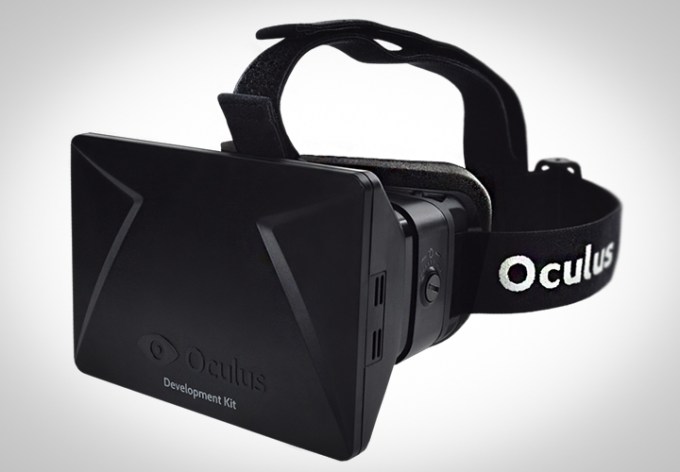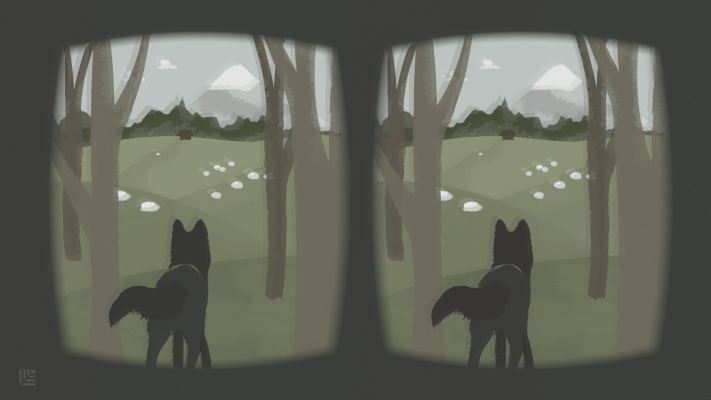The five year exercise
Imagine it’s five years from now and your company is a massive success. You’ve got a fantastic product, you’ve achieved market leadership, and everyone else is trying to catch up. What decisions helped you get there?
Now imagine the same five years have passed, but this time your company is struggling. You failed to live up to your original vision. Your product has stalled. You’re backed into a corner. What choices led to that moment?
These two questions are the opening exercise in a strategic planning technique that Larry Summers — the economist and former Treasury Secretary — led the team at Square through recently. The process sparked important discussions about choice, risk and foresight.
For some technologies, the five-year technique is more than an exercise, it’s the make or break moment that will put some companies over the top and send others packing.
Virtual reality is precisely at that make or break moment. It’s poised to enter the mainstream, and the decisions companies make today will determine who thrives and who goes home.
Platform complexity
We had the chance to try out Larry Summers’ technique at a recent board meeting for Unity Technologies. Unity helps more than 4.5 million developers build across 22 different platforms—from the web to Wii U to mobile. We ran through Larry’s five year exercise while paying special attention to an emerging part of their business: Virtual Reality.
Unity builds tools and systems so that game developers can work on making fantastic game play, while Unity does all the brutal work of cross-platform compiling.
Virtual Reality adds a whole new layer of complexity to game development, with even more systems, devices and distribution channels. This fragmentation is a chore for devs, as they have to create many versions of a single game to accommodate all the different systems.
Unity’s answer to Larry Summer’s exercise was to apply the same cross-platform approach to VR to handle all of the fragmentation and different systems—allowing game devs to get back to making superb games and other immersive entertainment experiences.
If you are in a gaming or media company, pondering VR, I’d encourage you to try Summers’ exercise before it’s too late.

Virtual reality, why now?
To truly understand virtual reality, you have to try it. With traditional screens, it’s easy to separate yourself from what’s happening in front of you. With VR, you are integrated into the world. Floors disappear under your feet. You fly over a city.
You’re not just playing a game – you’re in another world. But we’ve heard the enthusiastic cries for VR for decades. Is it for real this time?
For the last 20 years VR has been just around the corner, but there have been three major hurdles in the way to mainstream adoption. Today, all three hurdles have been removed. It is no longer a case of crying wolf. The wolf is real, and standing just outside the door.
Price
The first hurdle has always been price. The first VR system I ever experienced (at Stanford’s Virtual Human Interaction Lab) was ten times more expensive than an Oculus Rift is today. Still, most consumers aren’t ready to place a $300 bet on a very specialized piece of hardware.
Every major device manufacturer is exploring cheaper, more powerful systems. The race is on to own the hardware. On the cheapest end of the spectrum is Google’s Cardboard, which is literally made out of cardboard, can be downloaded for free and simply holds your mobile phone.
Who will make the dominant VR system for the masses? All we know for sure is that faster and cheaper VR systems are coming. With free systems on the low-end, and a 10x reduction on the high-end, the price hurdle has finally been bested.
Content
The second hurdle that has plagued VR is the chicken and egg problem around content.
Developers won’t create top-notch VR experiences without a large customer base. But those customers won’t get on board without great content. This creates a dilemma for developers: do you focus on niche, high-end systems that let you flex your creative muscles? Or do you target billions of smartphone users with an experience (like Google Cardboard) that has its limits?
We’re seeing progress on all fronts—with major broadcasters exploring VR experiences, like HBO’s Game of Thrones VR project unveiled at last year’s SXSW festival. GoPro and others have jumped in with 360 video cameras for shooting live-action VR, and YouTube has started to offer experimental support for 360 video. Can triple-A games be far behind?
The number of VR projects doubled year-over-year at this year’s E3 2015, rising to 30 new projects or titles. Every trend points to content gaining momentum. The content hurdle has also been crossed.
Fragmentation for production and distribution
The final hurdle was fragmentation for production and distribution. Unity has tackled this problem head-on with their platform production tools for VR. The app stores for iOS and Android have solved the distribution problem on the low-end, and each high-end manufacturer is racing to establish themselves as a high-end, Valve-like distribution channel. The final word on distribution, however, still remains open for ambitious founders to become the YouTube of VR. If that founder is you, we’d love to hear from you.
Conclusion
With the three major hurdles to adoption crossed, VR is finally ready to enter the mainstream. There’s still plenty of work to be done, but if the market for VR content grows to even a fraction of the $25 billion market for mobile games, the upside for those who dig in now will be enormous. If you still think we’re just crying wolf, put on your VR headset and take a look around, something is waiting on the other side of the door.
